I. Introduction
In the intricate tapestry of ancient Egypt’s mythology and history, Cleopatra emerges, not as a demigod or conventional hero, but as an enigmatic queen whose legacy intertwines elegantly with myth. A realm steeped in stories of gods and pharaohs, Egypt’s last pharaoh, Cleopatra, wielded an influence that transcended borders and epochs. This article aims to unravel Cleopatra’s life, reign, and enigmatic aura with precision and analytical rigor, weaving through a narrative adorned with factual integrity and trustworthiness. We embark on a journey through time, where historical accuracy illuminates the illustrious life of a queen who continues to captivate the world with her mystique and indomitable spirit.
| Origin | Ancient Egyptian Civilization |
|---|---|
| Classification | Pharaoh |
| Family Members | Ptolemy XII Auletes (Father), Cleopatra V of Egypt (Mother), Ptolemy XIII (Brother), Ptolemy XIV (Brother), Arsinoe IV (Sister) |
| Region | Egypt |
| Associated with | Julius Caesar, Mark Antony, Her Intelligence, Beauty, and Political Acumen |
II. Early Life and Ascension
A. Birth and Early Years
Cleopatra’s journey began in the heart of ancient Egypt, born in 69 BC to Ptolemy XII Auletes. Her childhood, though veiled in the riches and grandeur of the Ptolemaic dynasty, was not isolated from the turbulent political storms that frequently engulfed the kingdom. Historical records, both profound and detailed, narrate a tale of a young princess intricately woven into the complex fabrics of royalty and power. Cleopatra’s formative years were as much a dance of diplomacy as they were a childhood of privilege, painting a vivid tableau of her early interactions with power and prestige.
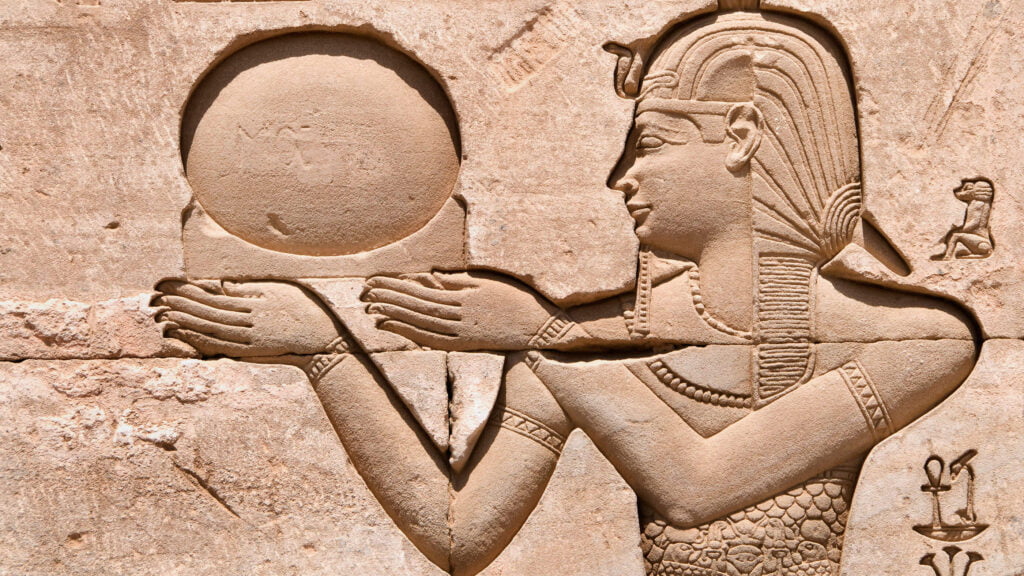
B. Political Landscape
The young Cleopatra was cradled in an era marked by political unrest and societal upheaval. Egypt, a nation of splendid isolation and unbridled grandeur, was caught in the throes of internal dissent and external threats. The Ptolemaic dynasty, though revered, was not unscathed by the winds of change and the torrents of opposition. It was a period where alliances were as fluid as the Nile and where power was both the sword and the shield, marking the trials and triumphs of a nation and its rulers.
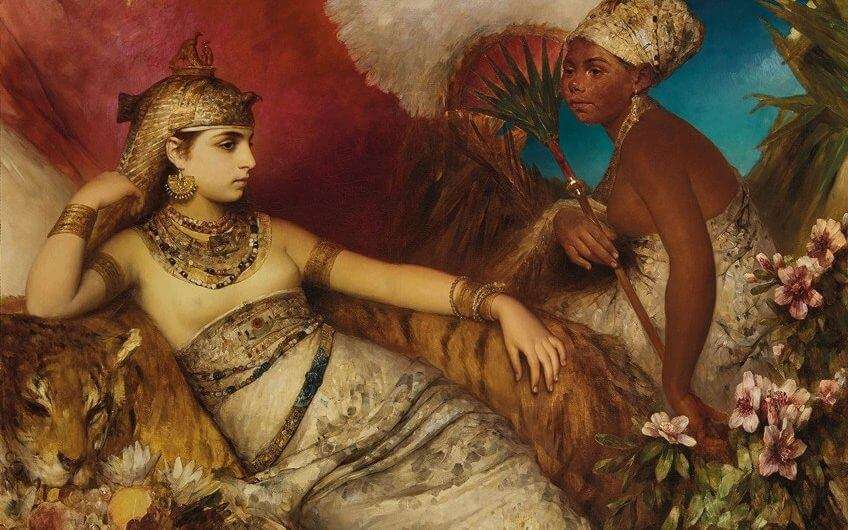
C. Ascension to the Throne
Cleopatra didn’t just ascend to the throne—she carved her niche in the annals of history through intrigue, alliances, and an unyielding spirit. At the tender age of 18, alongside her brother Ptolemy XIII, she claimed the throne. Alliances forged and broken chronicled this period, showcasing Cleopatra’s eloquence and intelligence that set her apart and fortified her later reign with an unyielding spirit. Every move, every alliance was a careful dance of power and persuasion, painting a narrative that history would remember for its richness, depth, and intrigue.
III. Cleopatra’s Reign
A. Political Alliances
Cleopatra’s reign was distinguished by strategic political alliances that extended her influence far beyond Egypt’s borders. The queen’s relationships with Julius Caesar and Mark Antony are not just romantic epics but testimonies of intricate political maneuvering. Cleopatra, with astuteness and charm, navigated through the complex terrains of power, leveraging relationships to fortify her reign and enhance Egypt’s standing amidst the Roman Empire’s expansionist ambitions. Every alliance was a chess move, calculated, yet imbued with the personal charisma that Cleopatra was renowned for.
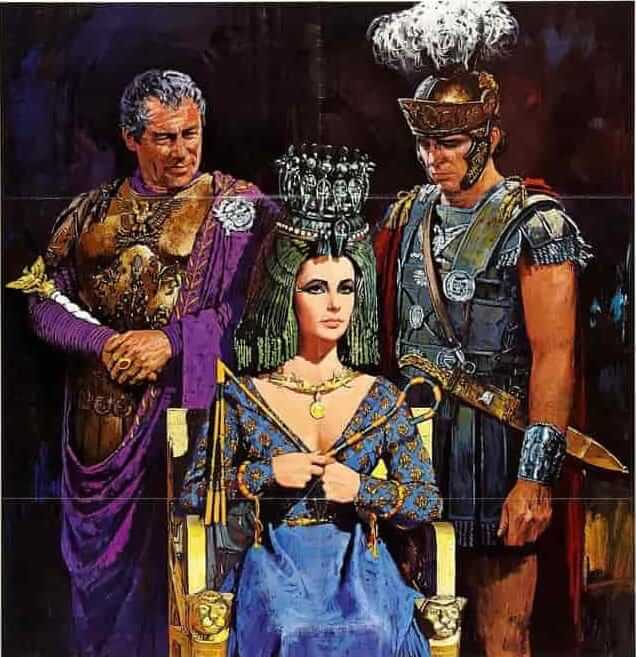
B. Administrative Strategies
Cleopatra was not merely a figurehead; she was a formidable administrator whose policies and governance shaped an era. Historical records and analyses unveil a queen profoundly engaged in the affairs of the state, implementing policies that enhanced trade, fortified the economy, and fostered cultural prosperity. Cleopatra was a polyglot, a strategist, and a patron of the arts. Her reign witnessed an Egypt that was as much engrossed in political tumult as it was radiant with cultural renaissance.
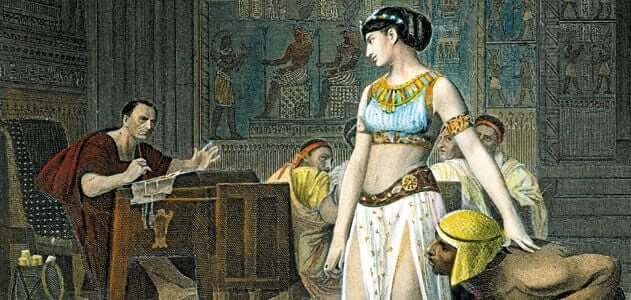
C. Mythology and Cleopatra
The realm of mythology and Cleopatra’s reign were intricately linked. The queen was adept at leveraging mythological narratives, aligning herself with the goddess Isis, to consolidate power and invoke divine authority. The blend of politics and religion, the mortal and the divine, created a multifaceted narrative where Cleopatra was not just a queen but a divine entity. Temples, arts, and literature from that era actively portray Cleopatra as a leader who inhabited the complex intersection between human governance and divine ordination. Her reign marks an epoch where myths and reality intertwine inextricably.
IV. Cleopatra’s Legacy
A. Death and Mythology
Cleopatra’s demise, steeped in intrigue and enigma, has given birth to numerous myths, melding fact and fiction into a complex narrative. While stories of serpents and suicide prevail, we dive deep into historical accounts and empirical evidence to unravel the mystique surrounding the queen’s departure. Cleopatra met her death as Mark Antony faced his own tragic end, intertwining their narratives with the political upheavals of the time. These events illuminate how Cleopatra wielded power and confronted adversity with equal fervor.
B. Historical Impact
Cleopatra’s imprint on history transcends her mortal existence; it is an enduring legacy that weaves through centuries, imprinting itself in arts, literature, and popular culture. The queen, often depicted as a femme fatale, was also a savvy politician, a devoted mother, and a patriotic sovereign. The multifaceted narratives surrounding Cleopatra have been subjects of art pieces and literary works that span eras and cultures. Each portrayal offers a glimpse into the enigmatic queen’s existence, reflecting the complex and intricate persona that history, till this day, seeks to fully comprehend.
C. Modern Perspectives
In today’s world, Cleopatra continues to be a subject of fascination, critique, and admiration. Modern interpretations of her life are as varied as they are numerous, painting a spectrum of a woman who was as vulnerable as she was powerful, as enigmatic as she was real. We assess the influence of Cleopatra in contemporary dialogues, evaluating how the queen’s legacy continues to shape perceptions of femininity, power, and leadership. In the modern discourse, Cleopatra stands not just as an historical figure, but as a symbol, echoing the complexities and dualities of the female existence and power.
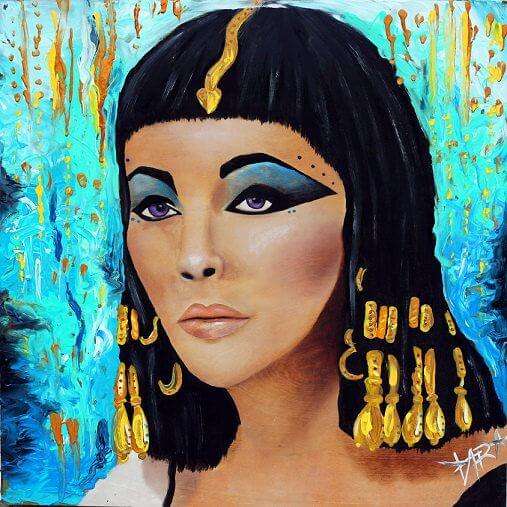
V. Conclusion
We traversed Cleopatra’s life, from her illustrious ascent to the throne to her intricate dance with power, revealing a legacy that weaves through the annals of history and the enigmatic world of mythology. Cleopatra, a woman of intellect, charm, and resilience, epitomizes the synthesis of mortal prowess and divine ascription. The enduring influence of this legendary queen is not confined to the annals of history but permeates modern dialogues on leadership, femininity, and power. Cleopatra’s life offers us invaluable insights – a lens through which we can explore the interplay of charisma, intelligence, and strategy, replete with lessons that continue to resonate in our contemporary discourse on leadership and power dynamics.
